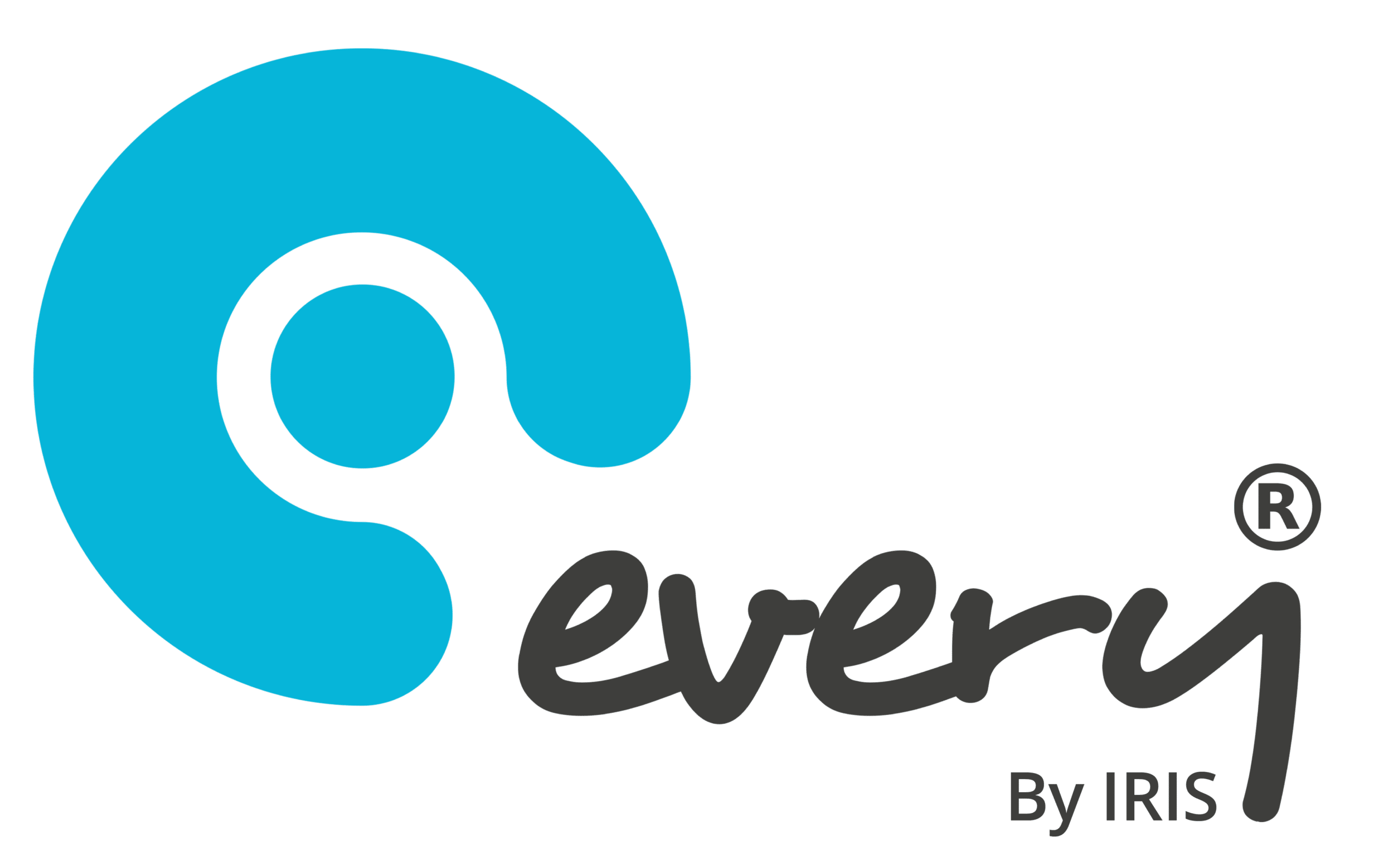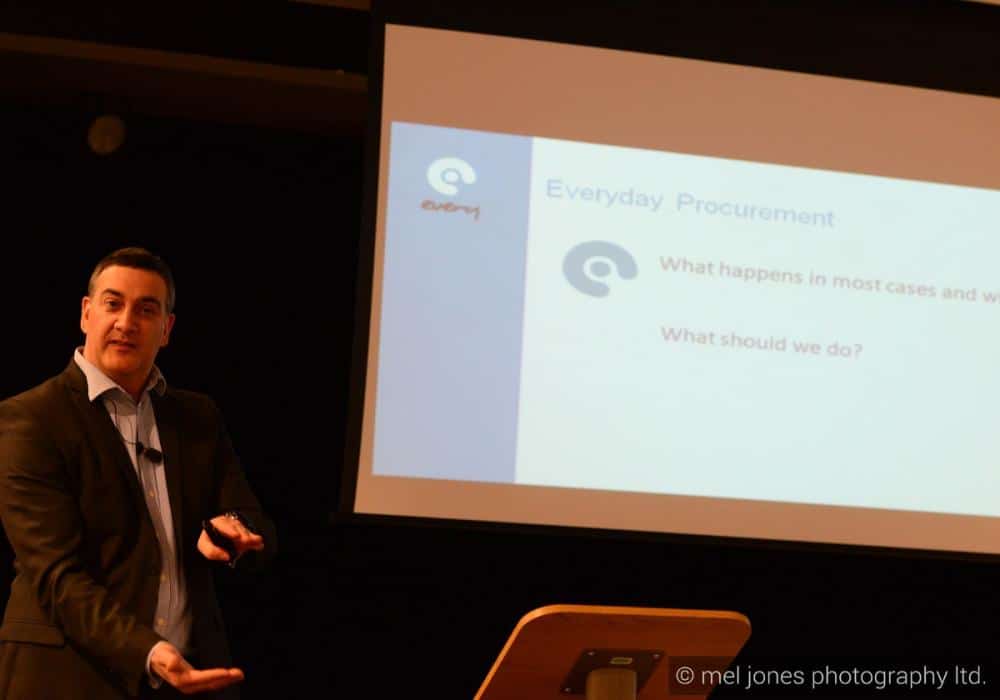Now here's an interesting (if not slightly morbid) statistic: falls from heights, often ladder accidents, remain the UK's single biggest workplace killer.
According to the HSE, in 2008/9 there were 35 fatalities with nearly 5,000 major injuries and over 7,000 injuries that caused the injured person to be off work for more than 3 days. All due to a fall from height.
Now you can imagine what that would mean for a school. If the caretaker is injured then there’s not enough slack in the system to cover. Apart from the poor caretaker who is out of action for a while, there’s the rather painful process of investigating, filling out dreaded forms and risk assessments.
Coupled with this statistic is the growing shift in emphasis of responsibility for day to day premises management and health and safety to the school. This is nothing new- it’s just emphasised recently with the localism agenda and pressures on support networks. The implicit responsibility is becoming the explicit responsibility. More and more, organisations previously providing support are now delegating this and moving to an auditing role. So where it may have been done for you, they may now expect you to take responsibility and check that you’re doing it properly, with records.
Also, is it us or is there a growing number of companies offering claim representation to schools? Does this suggest it’s a growing market for them?
So what can you do about this? Schools can take some simple practical steps to minimise their exposure to these dangers, using the ladder as an example.
- Ensure each person who is expected to use a ladder is trained
- Have a procedure for regularly inspecting ladders
- Ensure your insurance is adequate
- Maintain records for audit
At Every, we can really help with some of these practical points…
- Select/Setup the routine inspection activity for ladders
- Upload your risk assessment and inspection checklist for them
- Setup your ladder training and awareness sessions as a regular activity
If you do this, you’ll be able to manage the risks well and demonstrate when necessary that you are following best practice.
| Thank you for Signing Up |



